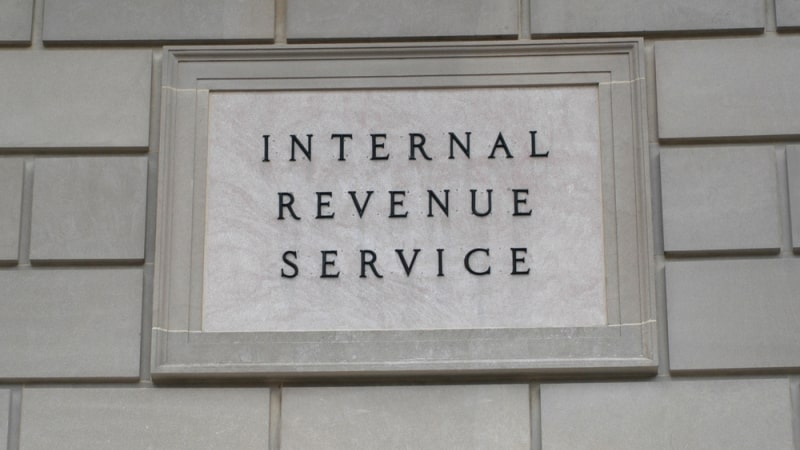
The Government Accountability Office (GAO) is asking the IRS to take steps to document its use of AI technology in a new pilot the agency is taking to explore the “tax gap” – which represents the difference in the amount of taxes owed versus those collected.
The June 5 GAO report explores how the IRS is using tax data from the 2014-2016 tax filing seasons and applying it to National Research Program (NRP) AI models to better understand which tax fliers are avoiding taxes and need to be audited.
“The new process uses artificial intelligence (AI) to improve the efficiency and selection of audit cases to help identify noncompliance. However, IRS has not completed its documentation of several elements of its AI sample selection models, such as key components and technical specifications,” stated GAO.
“Completing documentation would help IRS retain organizational knowledge, ensure the models are implemented consistently, and make the process more transparent to future users,” the watchdog agency said.
The report also flags a lack of information on how the tax agency will use funds provided by the Inflation Reduction Act to link its Strategic Operating Plan (SOP) to tax gap data.
“The plan does not address sole proprietor noncompliance, which is one of the largest areas of tax noncompliance. Furthermore, IRS did not address a prior GAO recommendation to link NRP data to its compliance efforts,” GAO said.
“As IRS develops implementation plans for the SOP initiatives and projects, it has an opportunity to further integrate a significant source of evidence to refine its compliance strategies, thereby addressing the recommendation,” GAO added. “Linking compliance strategies with data would help provide assurance that IRS is effectively allocating enforcement resources.”
The report delivers six recommendations, all of which the IRS concurred with:
- The agency should ensure that officials from the Research, Applied Analytics and Statistics Division work with officials in the Small Business/Self-Employed and Large Business and International Divisions to develop and report on analyses that could provide stakeholders with more confidence in the methods used to estimate undetected noncompliance, and information on its root causes;
- The agency should complete documentation on key components of the NRP AI models, such as which model options were considered and chosen for implementation, and how IRS determined risk levels and time frames for risk level updates;
- The commissioner should complete documentation for the NRP AI models on the technical specifications needed to run the model;
- The IRS should work on ensuring the IRS has complete documentation on how to update the NRP sample selection process in response to changes in the operating environment, including the performance of its AI models and risk level analysis;
- The agency should complete documentation on processes for assessing the results of AI model updates, including validating the models; and
- The commissioner should develop and document a plan for evaluating the redesigned sample selection process, including factors IRS will consider in determining whether or how to continue using it.
